#Jack in the Pulpit
Text

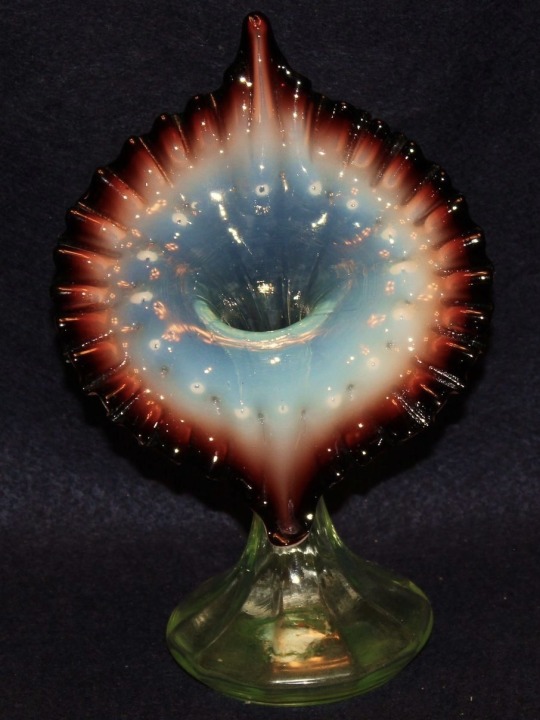
Rubina Verde/Cranberry Uranium Glass Jack in the Pulpit Vases.
949 notes
·
View notes
Text

Jack in the pulpit, Arisaema triphyllum. It always feels like running into a little plant guy when I see him. I say hello.
#pennsylvania#flowers#arisaema triphyllum#may#springtime#native plants#plants#plantblr#jack in the pulpit
231 notes
·
View notes
Text

Blue River Parkway
(February 24, 2023)
#2023#Afternoon#Barred Owl#Belted Kingfisher#Biodiversity#Black Rat Snake#Bobcat#Common Yellowthroat#Day#Daytime#February#February 2023#Inhabitants#Jack in the Pulpit#Leaves#Mink#My Photo#My Photography#My Pic#My Picture#Photo#Photography#Pic#Picture#Pileated Woodpecker#Sycamore Tree#Trees#White-Tailed Deer#Wildlife#Wood Duck
35 notes
·
View notes
Text
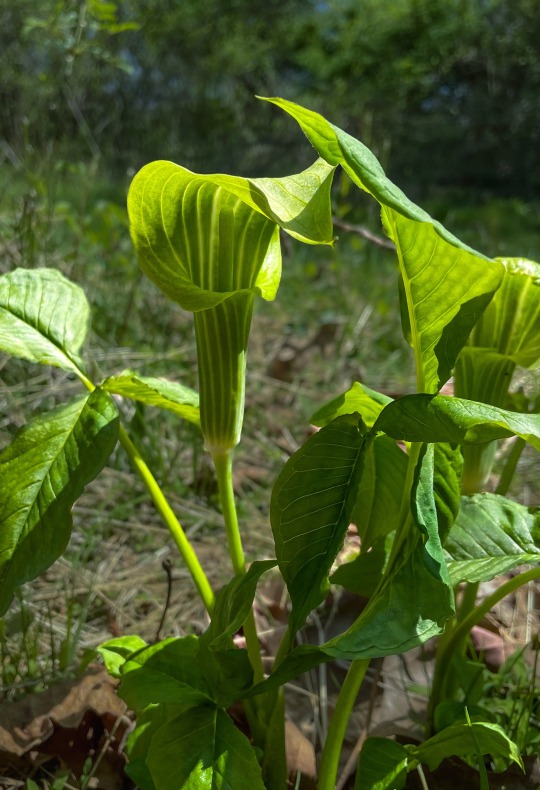
One of my favorite wildflowers!
Jack-in-the-pulpit is native to eastern north america and begins flowering around this time. Why is it one of my favorites? Well besides the fact that I ADORE arums and/or plants that smell like literal trash to seduce their victims, but also…
1) Jacks have the ability to switch between sexes (say the plant is female that year, but becomes stressed or diseased… it may become male the next year (typically old or large Jacks are female, and male Jacks are small or young). How delightful is that?!
2) SNEAKY MURDER GIRLS! Males have a small hole the bottom of their spathe (hood that covers their flower cluster), so that pollinators can escape and spread their pollen. BUT females have no escape hole in their spathe so anything that falls in is trapped forever, making successful pollination more likely.
*Sometimes female Jacks are referred to as Jills but I think that’s stupid. 🙂
21 notes
·
View notes
Text

jack-in-the-pulpit // 26 may 2023
#nature photography#original photography#puremichigan#nature#photographers of tumblr#jack in the pulpit#naturecore#michigan photography#michigan#best of nature#flowers#native plants#plantcore#greencore#mine#fleetingfutures#spring#may
20 notes
·
View notes
Text
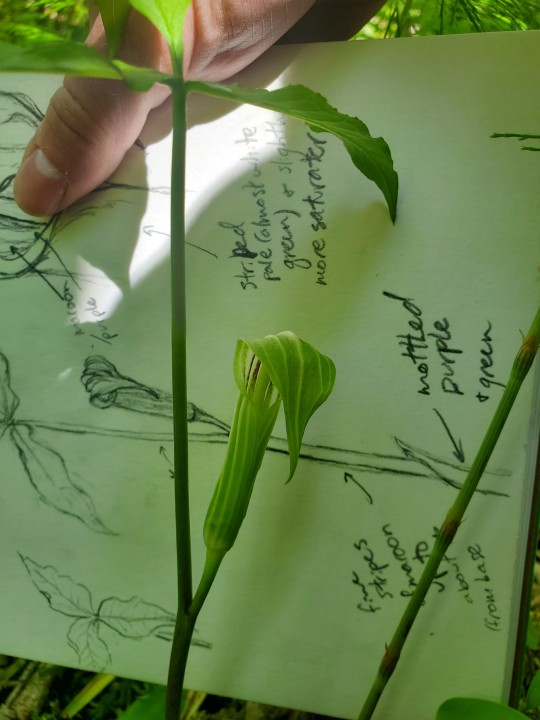

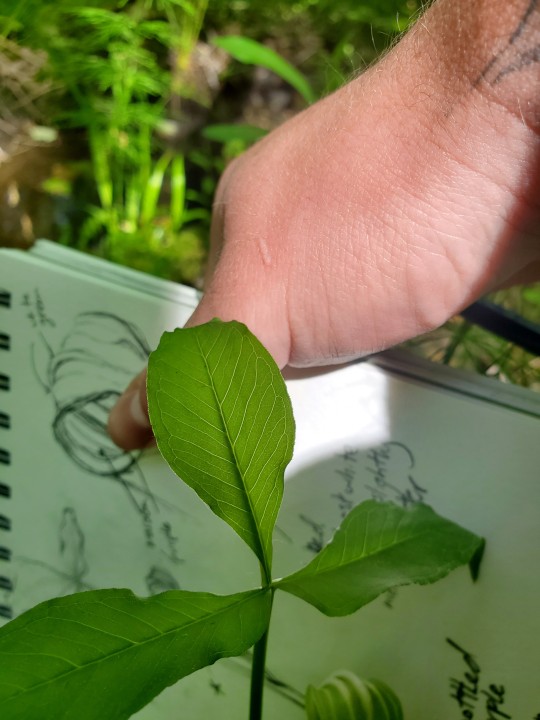
Today's plant is Arisaema triphyllum, also known as Jack-in-the-Pulpit. (photos are mine)
A. triphyllum is actually a species complex of four (or five, depending on who you talk to) closely related species. All species are native to Eastern North America and are found in deep, moist soils rich in organic matter. This group is still undergoing lots of debate in the taxonomy world, and the exact grouping and lineages are not fully known.
This species complex is part of the family Araceae, which is an incredibly cool (in my opinion) and diverse family that predominantly lives in the tropics of South American and eastern Asia.
Like most of its relatives, it attracts pollinators (at least in part) through deceptive scent compounds, which are volatilized and spread under exposure to heat. Unlike many of its relatives, Jack-in-the-Pulpit does not appear to utilize thermogenesis (active metabolic heat production) in its flowering parts to achieve this--it is posited that absorbed heat from the sun is sufficient for them to release these compounds! (Barriault et al. 2009)
Another trait it shares with almost all of its relatives is a very particular defense strategy: tiny, tiny knives. Its shiny red fruits might look tasty to some, but beware: the sensation of biting into it has been described by those brave (read: foolish) souls who've tried it as "like chewing glass."
This sensation is caused by tiny daggers of crystalline calcium oxalate (called raphides) being forcibly ejected from their cells right into your tender mouth parts by the force of your own chewing. Now that's what I call retribution!
76 notes
·
View notes
Text
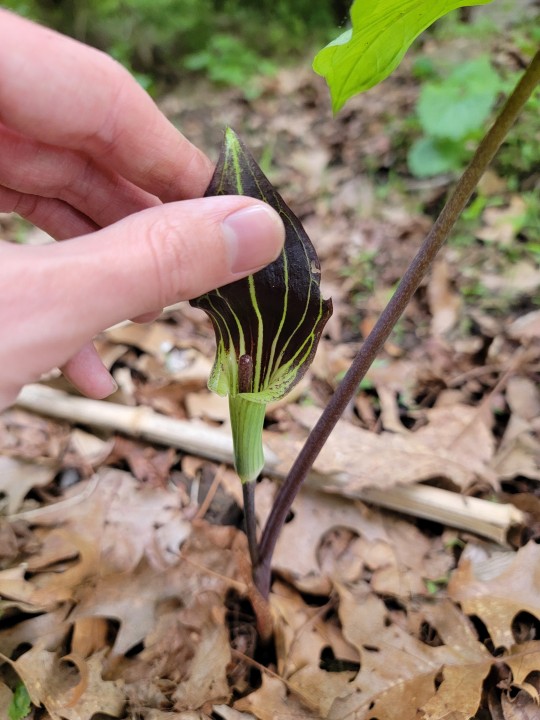

Back home and all the wild jack-in-the-pulpit seeds I planted years back have begun to flower
11 notes
·
View notes
Text

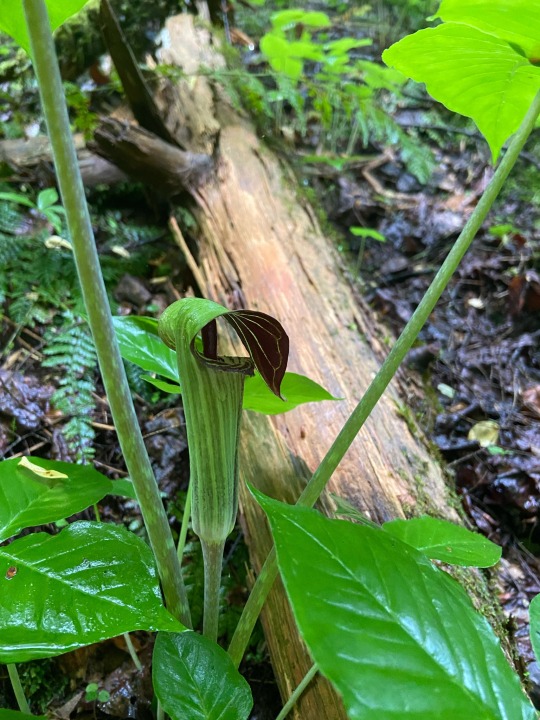
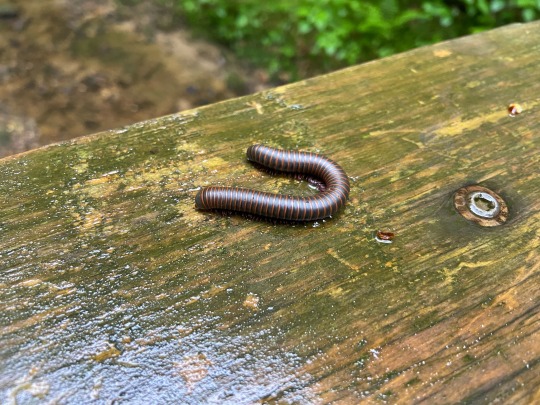
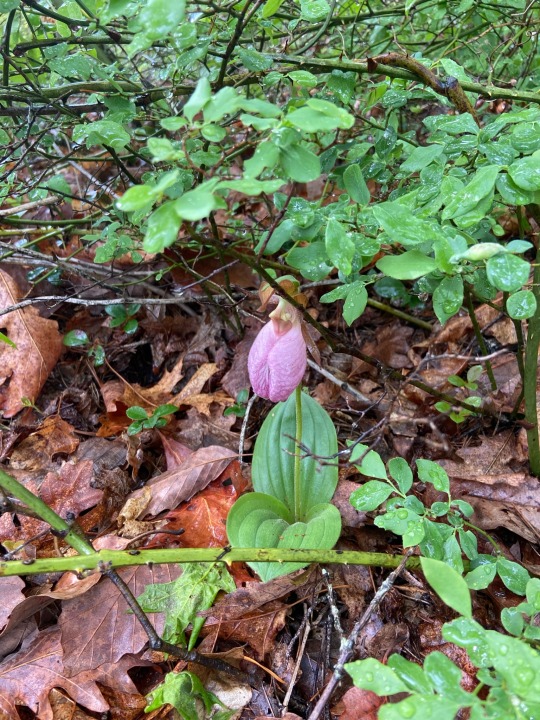


Misty hike, very lush
#nature#gfdelmar og#hike#naturecore#plants#mosscore#hiking#trees#mushrooms#adventurecore#fungi#millipede#diplopoda#pink lady’s slipper#orchids#orchid#wildflowers#flowers#gorge#jack in the pulpit#carnivorous plants
15 notes
·
View notes
Text
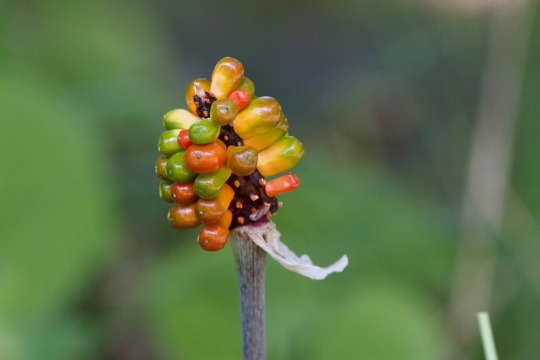
"If you take any flower you please and look it over and turn it about and smell it and feel it and try to find out all its little secrets, not of flower only but of leaf, bud and stem as well, you will discover many wonderful things. This is how you make friends with plants, and very good friends you will find them to the end of our lives." - Gertrude Jekyll
Jack-in-the-Pulpit Fruits Maturing
After the spathe (hood) dies back, Jack-in-the-pulpit fruit is more obvious, especially as the green berries turn brilliant reddish-orange at this time of year. Eventually the stem withers and the seed head falls to the ground. The tissues of Jack-in-the-pulpit, particularly the roots, contain high toxic levels of oxalic acid. The berries, if eaten, cause a burning sensation in the mouth and throat due to physical cuts caused by the crystals of calcium oxalate. Although cattle, goats, pigs and sheep are susceptible to the toxin, white-tailed deer, wild turkeys and wood thrushes appear to consume them without distress.
31 notes
·
View notes
Text
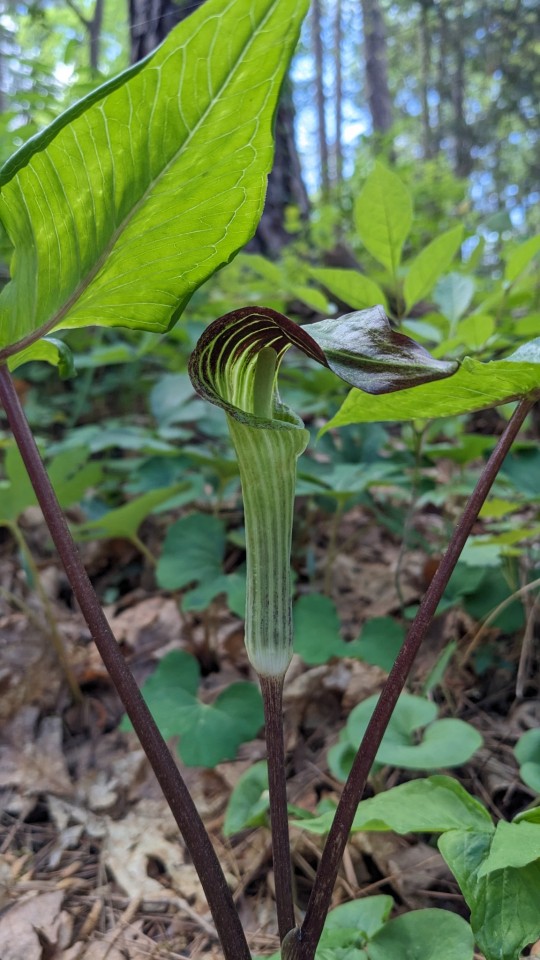
Arisaema triphyllum / Jack-in-the-Pulpit at the Sarah P. Duke Gardens at Duke University in Durham, NC
#Arisaema triphyllum#Arisaema#Araceae#Jack-in-the-Pulpit#jack in the pulpit#Bog onion#Brown dragon#Indian turnip#American wake robin#Wild turnip#Native plants#Native flowers#Plants#Flowers#Nature photography#photographers on tumblr#Sarah P. Duke Gardens#Duke Gardens#Duke University#Durham#Durham NC#North Carolina
8 notes
·
View notes
Text
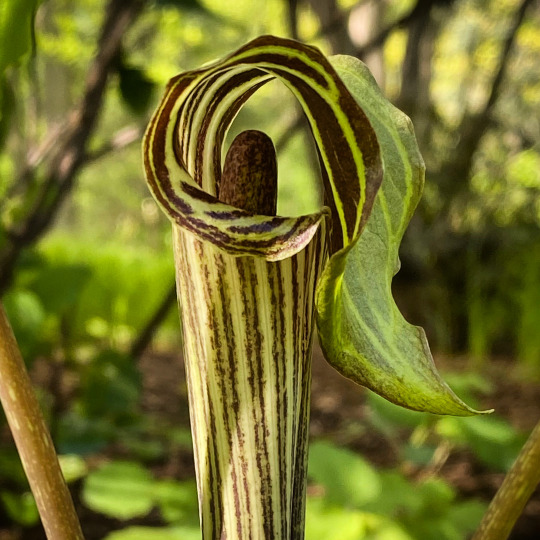
Jack in the pulpit
Champlain Valley, Vermont
33 notes
·
View notes
Text

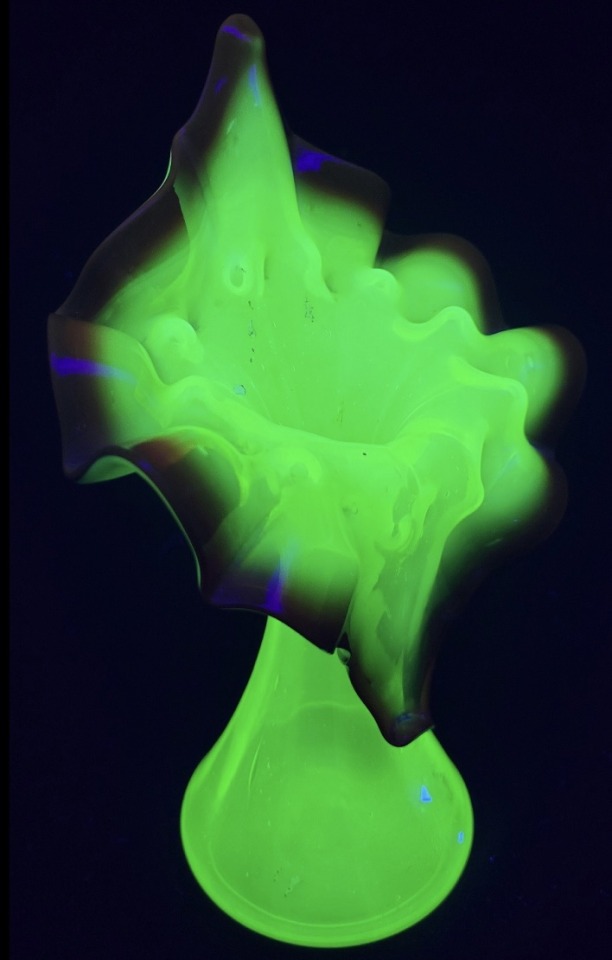
Victorian Oxblood Crested Uranium Glass Jack in the Pulpit Vase
84 notes
·
View notes
Text
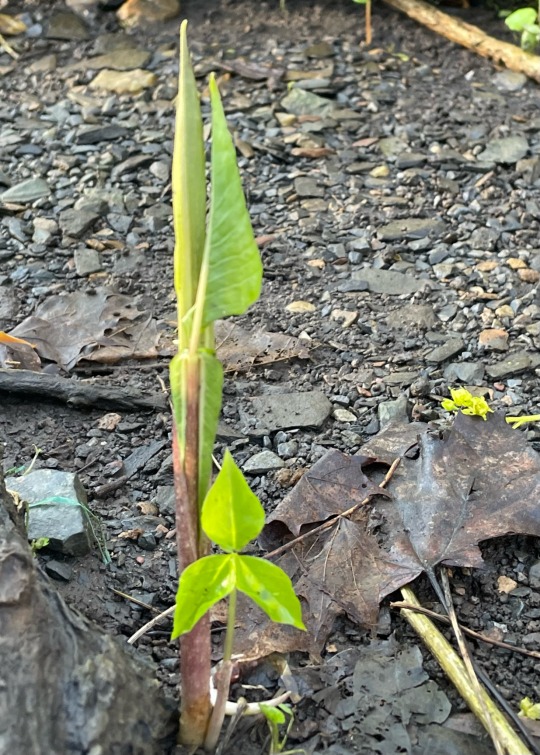
Be ready. Jack is setting up the pulpit and will be preaching the gospel of the woodland and singing hymns of the water over stones.
#plants#plantblr#jack in the pulpit#arisaema#pennsylvania#arisaema triphyllum#april#spring#springtime
125 notes
·
View notes
Text

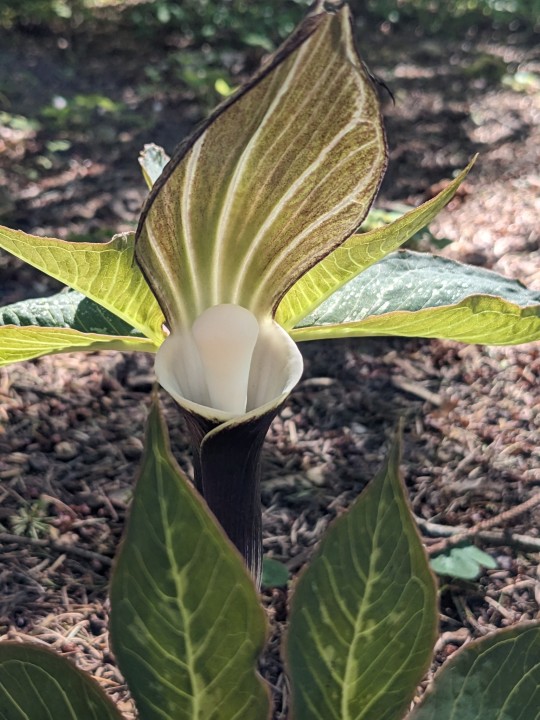
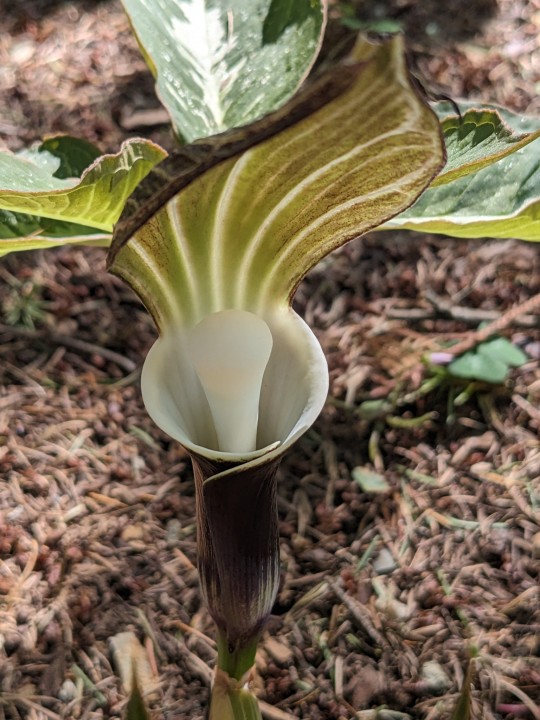

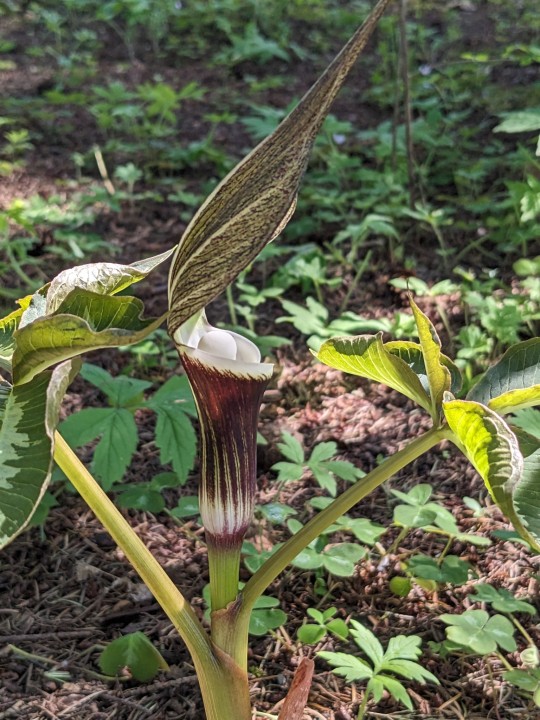
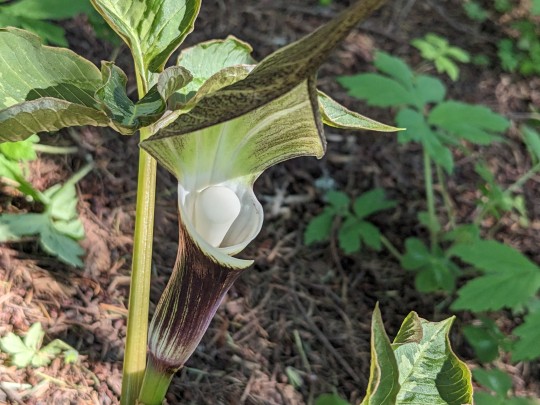
Jack in the pulpit
Leach Botanical Garden
Treehouse Gardens
20 notes
·
View notes
Text

Georgia O'Keeffe
Jack-in-Pulpit Abstraction. No.5
1930
#american artist#american painting#american painter#floral painting#floral art#jack in the pulpit#abstract#nature#beauty#aesthetic#modern art#art history#american art#aesthetictumblr#tumblraesthetic#tumblrpic#tumblrpictures#tumblr art#tumblrstyle#artists on tumblr#georgia okeeffe
9 notes
·
View notes
Text

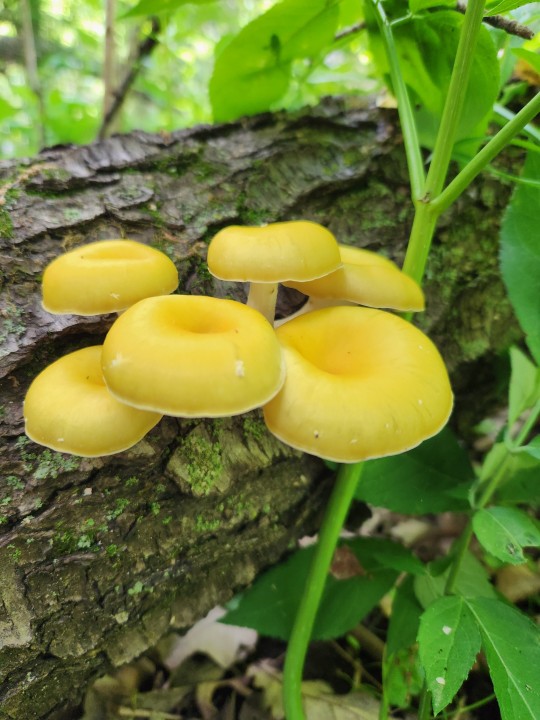
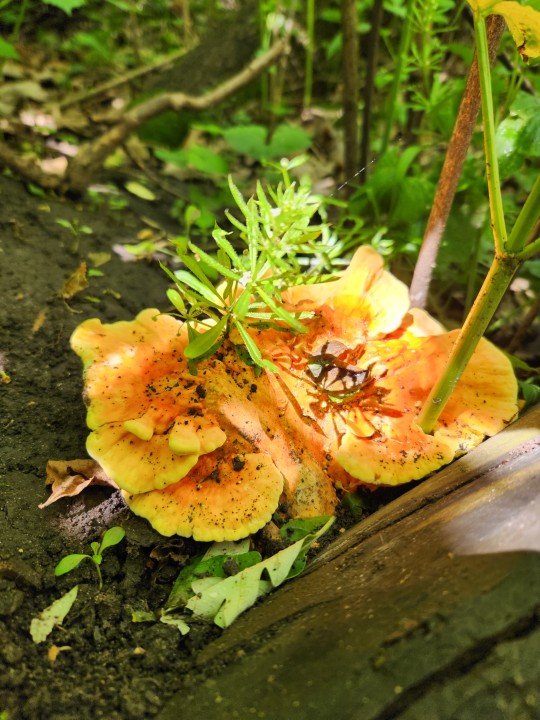
went looking for morels with @irlpatroclus, didnt find any but did see a few jack in the pulpit and unidentified colorful mushrooms
#jack in the pulpit#arisaema triphyllum#the hopeful me hopes it was yellow oysters and chicken of the woods but im not at all experienced at mushroom id and#ik it is dangerous to misidentify#may 27 2024#wildflowers#mushrooms
2 notes
·
View notes